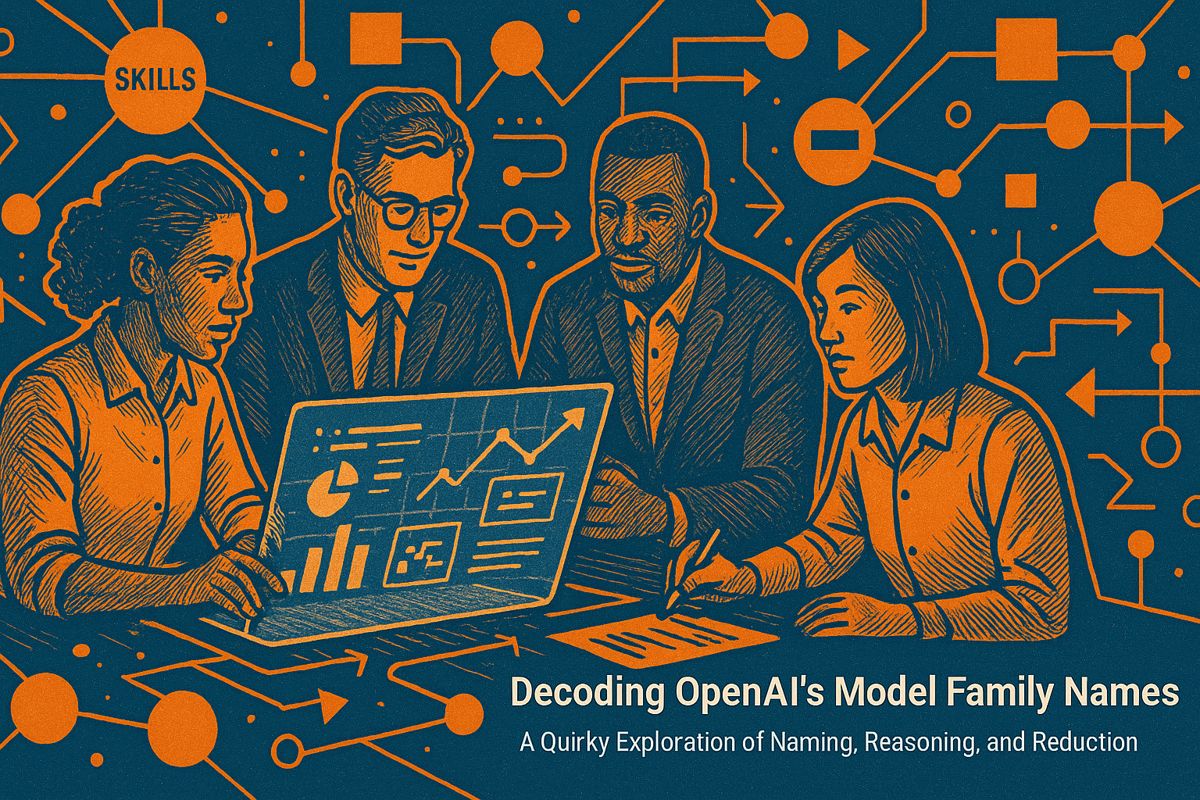Naveen Rao’s 2025 AI strategy is all about using much cheaper and faster AI to help big companies solve problems in new ways. By splitting up work into small tasks with special AI agents, companies can build powerful systems much quicker and for a lot less money. Now, even huge projects that used to take years and lots of money can happen in months. Rao also says that to keep getting better, teams need to keep updating and checking their AI from the start. But, he warns that companies must be careful with things like copyright and data to avoid big troubles later on.
What is Naveen Rao’s 2025 AI strategy and how is it transforming enterprise AI adoption?
Naveen Rao’s 2025 AI strategy focuses on leveraging dramatic AI cost reductions – costs have dropped 99.7% in two years – to enable rapid, modular AI agent systems. These agentic architectures, combined with real-time data and continuous iteration, allow enterprises to deploy powerful, governed AI solutions faster and more affordably than ever before.
How Naveen Rao is Reshaping Enterprise AI Strategy in 2025: From Cost Collapses to Agentic Systems
The 4x Cost Revolution That Changed Everything
AI economics have fundamentally shifted. According to Stanford’s AI Index 2025, AI inference costs dropped 99.7% in just two years – a pace that makes Moore’s Law look sluggish. Naveen Rao, Databricks VP of AI, reports this translates to 4x annual cost reductions since 2021, ten times faster than traditional hardware advancement R&D World analysis.
Why This Matters for Your AI Budget
| Year | Project Cost | Feasibility Timeline |
|---|---|---|
| 2024 | $100M | Multi-year project |
| 2025 | $25M | 12-month execution |
| 2026 | Projected <$10M | Rapid deployment |
Rao’s teams at Databricks have witnessed projects that once required massive capital commitments now deliverable at quarter the cost within a single year.
The Agentic AI Architecture Shift
Rao’s current strategic focus isn’t just saving money – it’s changing how problems get solved. Instead of single large models attempting everything, Databricks champions AI agent systems that decompose complex challenges into manageable tasks handled by specialized models.
- Key Components:*
- Modular AI Agents – Specialized models for specific functions
- Real-time Data Processing via Databricks Data Intelligence Platform
- Unity Catalog for end-to-end governance across regulated industries
Iteration as Core Strategy
“When you think through an AI strategy, iteration is actually very important. How do I use iteration to improve something, and make it more valuable?” Rao emphasizes this isn’t retrospective – iteration must be deliberately designed from day one.
- Implementation Framework:*
1. Define clear success metrics upfront
2. Build cross-functional review cycles
3. Establish continuous deployment capabilities
4. Create dedicated monitoring teams
Enterprise Adoption Patterns in 2025
Recent enterprise surveys reveal:
* 70% of global enterprises now use AI in at least one business function
* 88%* * allocate >5% of IT budget to AI
* >50%* * plan to double AI investment within 12 months
From Cost Savings to Competitive Advantage
Rao’s approach transforms cost reductions into strategic advantages through:
- RAG Implementation – Grounding AI outputs in current business data
- Edge AI Deployment – Bringing intelligence to high-priority applications
- Continuous Improvement Cycles – Creating sustainable competitive moats
The Copyright Crisis Warning
Rao issues a stark warning: copyright and data provenance issues could threaten AI monetization similarly to how Napster disrupted the music industry. Databricks counters this through open-source model development and transparent data practices.
Looking Ahead: What’s Next
While fully autonomous business AI agents remain years away, Rao’s teams focus on productivity-focused AI delivering measurable value today:
* Coding assistants boosting developer productivity 20-30%
* Process automation reducing operational overhead
* Enhanced interfaces making AI accessible to non-technical users
The path forward requires balancing rapid iteration with robust governance – a challenge Rao and Databricks continue to pioneer as enterprises scale their AI ambitions throughout 2025 and beyond.
How rapid cost collapse is reshaping enterprise AI budgets
AI inference prices have dropped 99.7 % since late 2023, according to Stanford’s AI Index 2025. Where $1 million once ran a GPT-3.5-class workload, today the same budget now supports 280× more volume. This single metric explains why 88 % of Fortune 1000 companies now earmark ≥ 5 % of their IT budget exclusively for generative AI – double the 2024 figure. CFOs are responding by re-allocating capital from legacy analytics stacks to agentic systems that can drive end-to-end workflows without human hand-offs.
What Naveen Rao’s latest playbook adds to the conversation
Databricks VP of AI Naveen Rao’s 2025 strategy introduces three concrete guardrails for riding the cost-curve without creating new liabilities:
- Unified Data Intelligence Platform – every model must inherit governance from Unity Catalog, ensuring lineage is never an afterthought
- Mosaic AI loop – a single environment where data ingestion, training, evaluation and deployment are iterated daily, not quarterly
- Agentic decomposition – tasks are broken into tiny specialised models that outperform giant monoliths on both cost and accuracy
These principles were battle-tested by RBC Capital Markets, whose research division cut report-generation time by 46 % while maintaining compliance-grade audit trails.
Key take-away: iteration over revolution
Rao’s central message is simple but powerful: iteration is the moat. Enterprises that schedule weekly model-drift reviews, ship increments via continuous-deployment pipelines and tie success metrics to revenue realise ROI in 6–12 months versus multi-year horizons typical of static roll-outs.



















